Check valves come in a variety of configurations and specifications which are engineered for different applications. There are a variety of industries which utilize check valves, primarily chemical, water treatment, fuel, food processing, fertilizer, medical and paint industries. Although these items can be manufactured from metal or plastic materials there are a number of factors to take into consideration when determining the best check valve for a specific job task. Typically temperature and material compatibility are important attributes that can critically influence the performance of a check valve system. There are many types of check valves including: diaphragm, swing, stop-check, lift-check, in-line check, duckbill with newer types of check valves continuously receiving upgrades and improvements as the needs and demands of our market evolves.
In the past year, there have been incredible developments in creating newer plastic diaphragm check valves. These items are engineered for superior flexibility and flow control for medical device applications. The innovation lies in the versatility of the silicone diaphragm. When the forced upstream pressure is greater than the downstream pressure the check valve will automatically open resulting in flow. When the pressure stops the plastic device will then automatically shape back into its closed position. This item prevents free-flowing fluids from entering into unwanted areas and allows for low cracking pressure which is ideal for applications that utilize low upstream pressures.
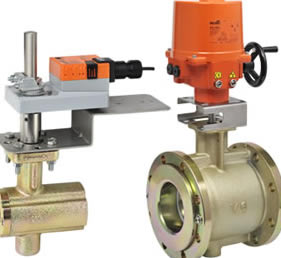 Ball Valves
Ball Valves Butterfly Valves
Butterfly Valves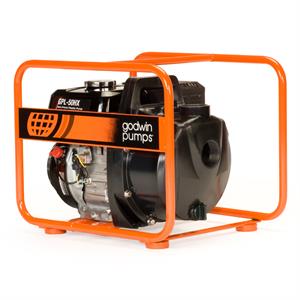 Centrifugal Pumps
Centrifugal Pumps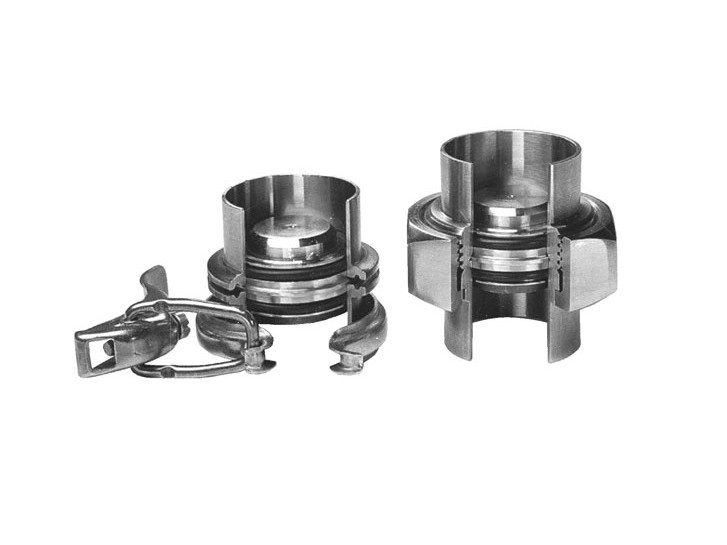 Check Valves
Check Valves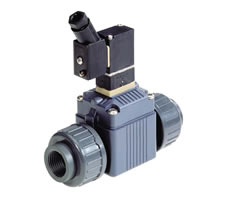 Diaphragm Valves
Diaphragm Valves Flow Meters
Flow Meters Hydraulic Pumps
Hydraulic Pumps Hydraulic Valves
Hydraulic Valves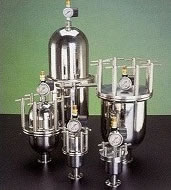 Metering Pumps
Metering Pumps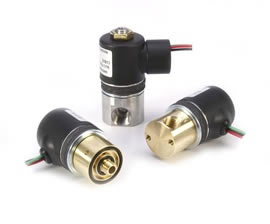 Solenoid Valves
Solenoid Valves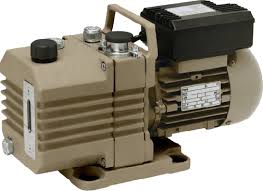 Vacuum Pumps
Vacuum Pumps Castings & Forgings
Castings & Forgings Bulk Material Handling
Bulk Material Handling Electrical & Electronic Components
Electrical & Electronic Components Flow Instrumentation
Flow Instrumentation Hardware
Hardware Material Handling Equipment
Material Handling Equipment Metal Cutting Services
Metal Cutting Services Metal Forming Services
Metal Forming Services Metal Suppliers
Metal Suppliers Motion Control Products
Motion Control Products Plant & Facility Equipment
Plant & Facility Equipment Plant & Facility Supplies
Plant & Facility Supplies Plastic Molding Processes
Plastic Molding Processes Pumps & Valves
Pumps & Valves Recycling Equipment
Recycling Equipment Rubber Products & Services
Rubber Products & Services